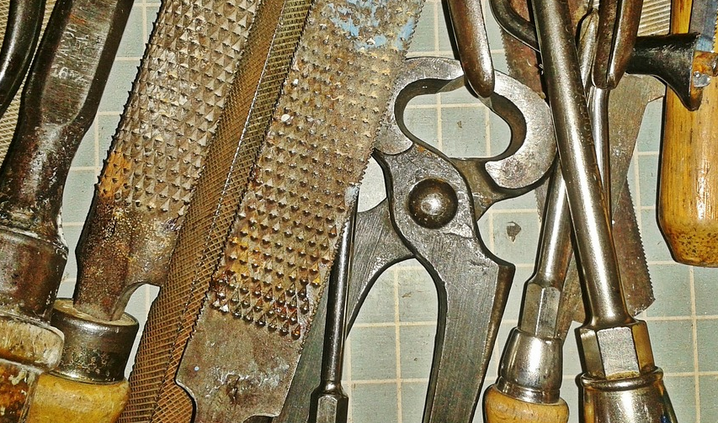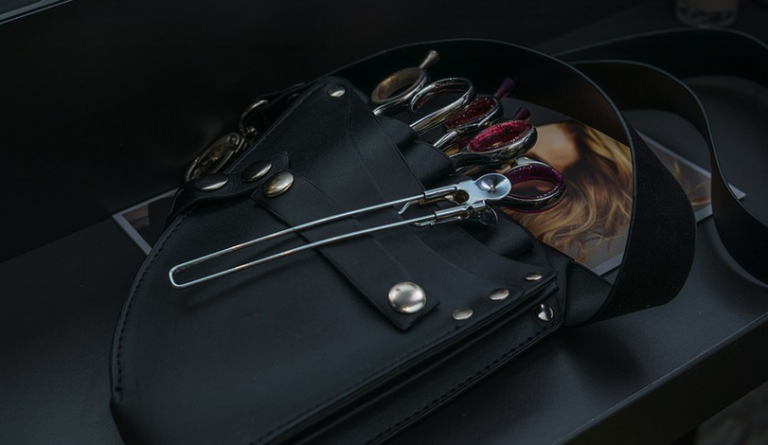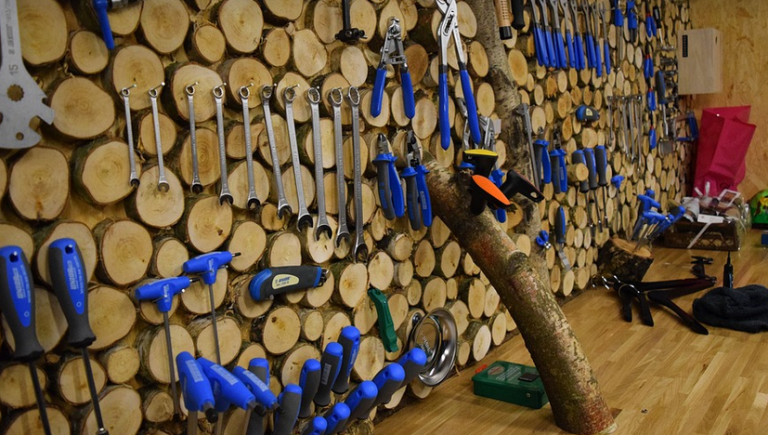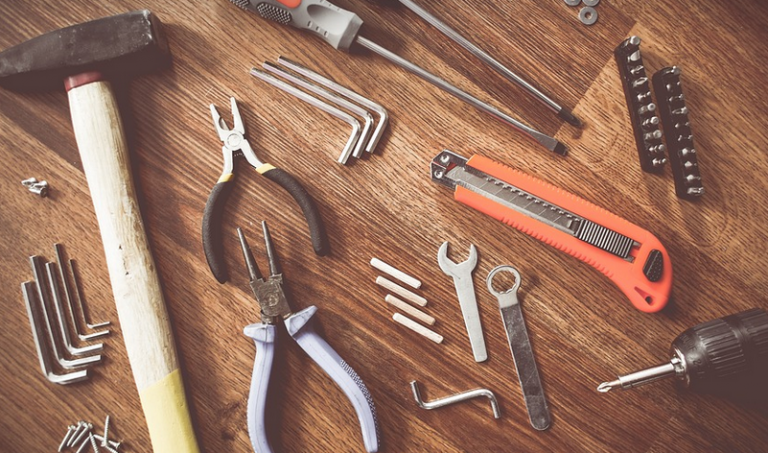
Navigating the Heating & Cooling Showdown
Finding the perfect balance between comfort and energy efficiency in your home is a top priority for many homeowners. In this age of soaring energy costs, deciding between a traditional central air conditioning system and a heat pump seems like an arduous task. So, let’s dive deep into the cost-benefit analysis of these two climate control giants to see which reigns supreme in 2025.
Central air, as we all know it, has been a staple for decades. Its well-established technology and readily available installation options have made it a popular choice for many homeowners seeking consistent temperature regulation. But with the rising cost of electricity and the increasing focus on sustainability, heat pumps are emerging as an attractive alternative.
A key factor in this decision is understanding their respective costs. Let’s explore the financial landscape of both options, taking into account installation, operation, maintenance, and potential rebates.
Central Air: The Familiar Face
The upfront cost of a central air system can vary significantly depending on several factors. Factors such as the size of your home, the desired capacity of the cooling system, the type of equipment used (e.g., single-stage or multi-speed), and additional features like zoning systems all contribute to the final price tag.
Installation costs for central air can range from $4,000 to $8,000. This encompasses labor charges for installing ductwork, electrical wiring, mounting units, and system commissioning. The cost of a new central air unit itself might be as high as $8,000 to $12,000. However, there are some savings if you choose to upgrade your existing AC unit.
Operation costs for central air can vary based on your location’s climate and the equipment’s efficiency rating. However, once installed, it usually requires a consistent monthly cost in the range of $50-$100 per month.
Heat Pumps: The Rising Star
Heat pumps offer a fascinating alternative to traditional AC systems, offering both cooling and heating capabilities. Their ability to utilize natural temperature differences for energy-efficient operation makes them a highly appealing choice for many homeowners seeking cost savings in the long run.
The upfront cost of a heat pump system can also vary significantly based on factors like home size, desired heating capacity, and type of heat pump. However, in comparison to traditional central air units, heat pumps offer more affordable upfront costs. Installation costs for a heat pump typically range from $5,000 to $12,000, factoring in the installation of refrigerant lines, electrical connections, and ductwork.
The cost-saving potential of heat pumps lies in their energy efficiency. Heat pumps utilize electricity to move heat rather than creating it, making them more efficient when compared to conventional AC units. While their initial costs might seem higher, the long-term savings on energy bills can be significant for many homeowners.
For heating, heat pumps provide energy-efficient solutions, offering a cost-effective alternative to traditional furnaces and boilers. In many cases, heat pumps can significantly reduce your dependence on supplementary heating sources.
Maintenance: A Matter of Perspective
Both central air systems and heat pumps require regular maintenance to optimize their efficiency and prolong their lifespan. However, the maintenance needs differ slightly between the two options.
For central air systems, routine maintenance typically includes cleaning filters, inspecting ductwork, and checking for leaks. These tasks are usually cost-effective and straightforward but might require professional assistance occasionally to ensure optimal performance.
For heat pumps, regular maintenance is crucial to maintain their efficiency and longevity. This involves periodic inspections by a qualified technician to check refrigerant levels, lubricate the system, and address any potential issues that may arise. These routine checks are essential for avoiding costly repairs in the long run.
Rebates and Incentives: A Financial Boost
In addition to the upfront cost considerations, it’s important to factor in available rebates and incentives that can significantly impact your overall savings on both heat pumps and central air systems. For instance, many federal and state-level energy-efficiency programs offer tax credits or rebates for homeowners who choose to install efficient heating and cooling solutions.
Looking Ahead: The Future of Climate Control
As the world shifts toward more sustainable practices and climate change concerns grow, central air systems and heat pumps are poised to become even more popular in the coming years. They offer not only energy efficiency but also contribute to a lower carbon footprint, aligning with environmentally conscious choices.
Ultimately, the decision between central air and a heat pump comes down to your individual needs and priorities. Weighing factors like upfront cost, long-term savings, maintenance requirements, and environmental impact will help you make the most informed choice for your home. Remember, seeking expert advice from HVAC professionals is always highly recommended to explore the best options tailored to your specific circumstances.



